Does this look like eleven hours of work? Well boys and girls it is. I ended up having to score every square inch of the top layer in order to get it off. I think I know why it was such a task. The wall was not sized and I think the wallpaper was prepasted. And even though it was prepasted, they pasted it any way. It took me four weekends of pretty steady work to finish the room The other reason was the a flu bug hit our household. Not a good thing. Now onto the review.
As I stated on my previous entry I have been looking for a micro armor rule set and the main criteria was the ability to play both WWII and Modern conflicts. I gave Fist Full of Tows a try because one can play the a fore mentioned periods. So onto what I think about the game and a short bat rap.
I am not going to give you a blow by blow description of every mechanic of the game. We played a game that had elements of a BOAR Armored Infantry Battalion with FV-432 , Chieftains and FV-438 Swingfires in support. They were rated as excellent troops. I rolled for the troop quality for both British and Soviet, more on that later.
The Soviets had elements of a BMP Motor Rifle Regiment, with BMP-1s, T-64s and BRDMs. These troops were rolled up as marginal. In hind sight I would not have let the Soviets be marginal troops and that is a bad thing, especially in the first game as I will elaborate later on.
I did not give either side artillery I tested that separately, I wanted to concentrate on ground combat, so no artillery, aircraft or helicopters. The map is laid out as follows
It was a simple scenario, Soviets need to take the bridge and the British need to deny the bridge to the Soviets.
The British set up was on the lee side of the hills on the closest side of the river to the Soviet attack. The Soviet commander was Comrade Colonel Yakov Wonocottovich and the British commander was Baron Ted of Bender. Comrade Wonocottovich and Baron Ted from now on.
I wrote earlier that I was going to explain about troop quality. One of FFT 3 design philosophies is that troop quality is one of the main differentiation between troops. Better trained troops fire faster and can sight vehicles father away. I think this is a fairly well accepted thought. this was the line NATO always stated that is why they would win if the Soviets invaded Western Europe, NATO units were better trained. The British had Excellent troops and this gave them a +1 to hit and a +1 to the rate of fire. The Soviets were marginal troops that means that they are very very fragile. They take any of hits, they are likely to get suppressed easier and fail quality checks (eliminated). They have a -2 to hit and that is on a six sided dice. So that has a huge impact on the Soviet to hit chance. The marginal rating also gives the Soviets a -1 Gun ROF Modifier. The Soviet tanks were T-64s and their rate of fire is two. So the marginal troop rating cuts the T-64 units rate of fire by half. This is one of those, I will know better the next time I will play. This had a pretty big impact on the game as it should have.
Here is the turn sequence.
At first glance one will say this is a lot to keep track of, yes and no. You are not going to use every phase and step in each turn. For me, Comrade Wonocottovich and Baron Ted we had to concentrate on which phase we were on. I am going to get a small magnet board and with a label maker write all these do the magnet board. I will then have a marker for each adversary and move the magnetized marker along the phases. It move very fast and I know the next game we play it will move even faster.
Comrade Wonocottovich is an ex US tanker so he was going to use Soviet tactics. First up would be the BRDMS as scouts and progressively larger formations of Soviet units.
His marginal troops saw nothing, but the British did. Baron Ted draws first blood with a Swingfire. the second turn, Baron Ted gets a side shot on some T-64s, boom no more T-64s. Each unit has two armor ratings, a front and side. You want to get side shots, especially against tanks.
The Comrade Wonocottovich's 2nd and third echelon moves on the table.
Comrade Wonocottovich is now starting to use overwatch.
So through three turns Baron Ted cannot hit anything with his Swingfires. Comrade Wonocottovich's troops cannot see any troops at all. One of the reason's is that the Soviets cannot see diddly squat due to the poor troop quality. The other reason is that there are only two infantry units that are on the sme side of the hill that the Soviets are on.
One of the design features of the Swingfire is that an infantry unit could remotely guide the missile onto the target. The FV-438 could be parked safe behind a hill out of line of sight and still fire the missile. Of course it did no good for Baron Ted due to Ted's Dice.
The Final Push from the Soviets.
On the last turn the Soviets started to have to make Quality Checks and failing them due to the troop quality. It was a British victory.
I started setting up at noon, talked a bit before playing the game and we finished the game in about two and a half hours. That is with a lot of turning pages in the rule book, looking for the correct chart and double checking to make sure we are doing it correctly. Fist Full of Tows 3 plays fast.Comrade Wonocottovich had looked over the free introductory rule set available here. He was prepared not to like and thought it would not play fast enough. He really liked the rule set and did think it played fast.
Comrade Wonocottovich and I tested the Artillery rules separate. We conducted an artillery strike in a town with infantry in heavy cover, results were suppressed infantry. An artillery strike at tanks in light cover, one unit suppressed one unit was not. Two artillery strikes on IFVs in the open, both them had the same results, One IFV unit was suppressed and one had to make a quality check and it failed. So one IFV unit was eliminated in each strike. The last arty strike was on tanks in the open, result were two suppressed units of tanks.
Those results seemed pretty much what one would expect from an artillery strike. I know the game would have played out differently with artillery. I live by a couple of philosophies, one being the KISS method. That stands for Keep It Simple Stupid. So arty was out on our first run through.
As a group we have three main criteria. Does it play fast? Does it give you a plausible conclusion throughout to the end of the game? Is it fun to play? I can say that FFT 3 achieves all three.
Two quibbles about the game I already wrote about in the previous post.
Another one and it is splitting hairs. Most of the TOE's regarding NATO units are after the 1980s. So some research is in your future if that is a period that you are going to game. This is just a minor problem though.
I have been looking for years for a game that I could use for both WWII and Modern combat. I happy to say I have found it. I am just irritated that it took this long, but better late then ever.
Thank you for reading
Mike
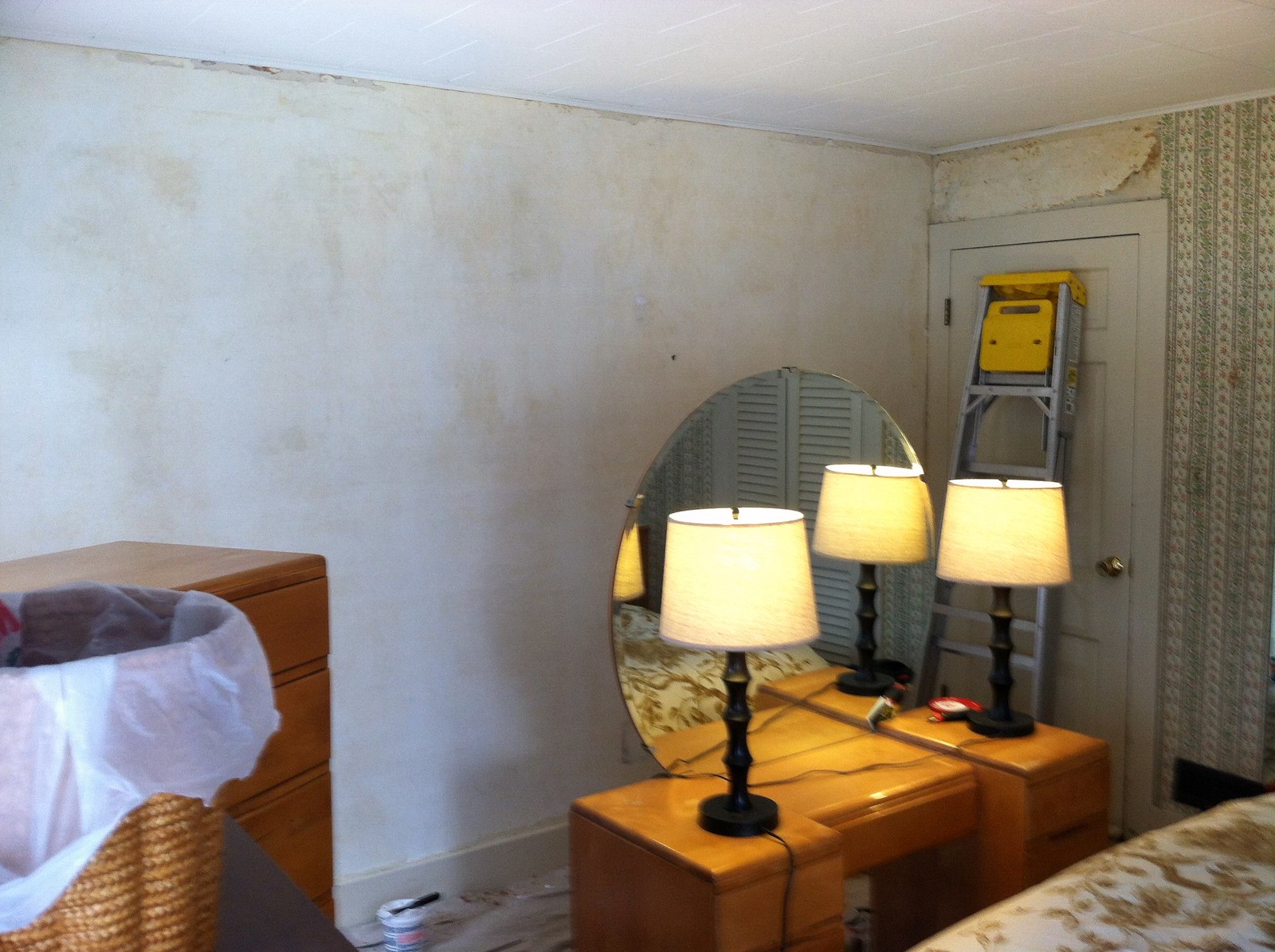
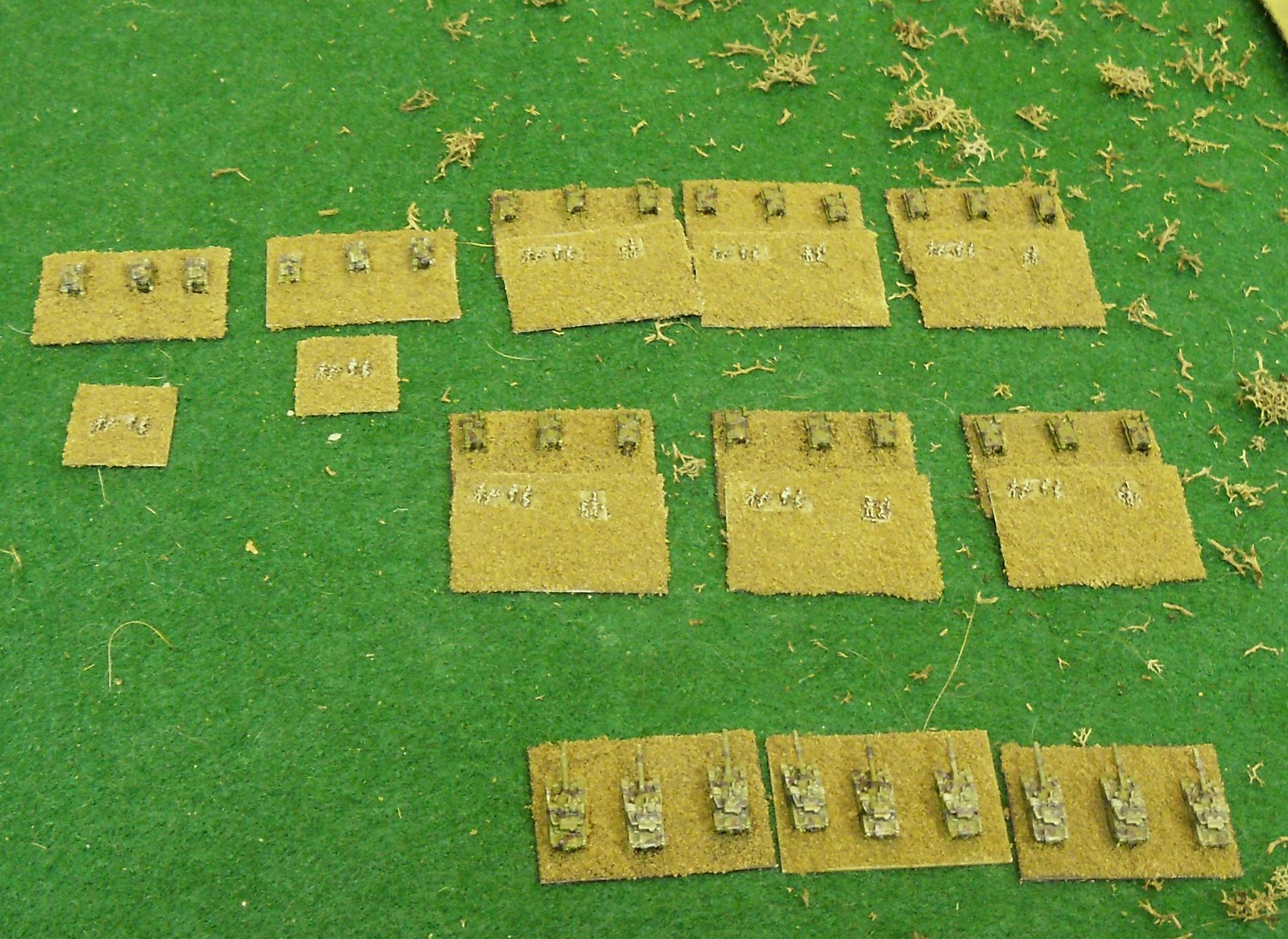
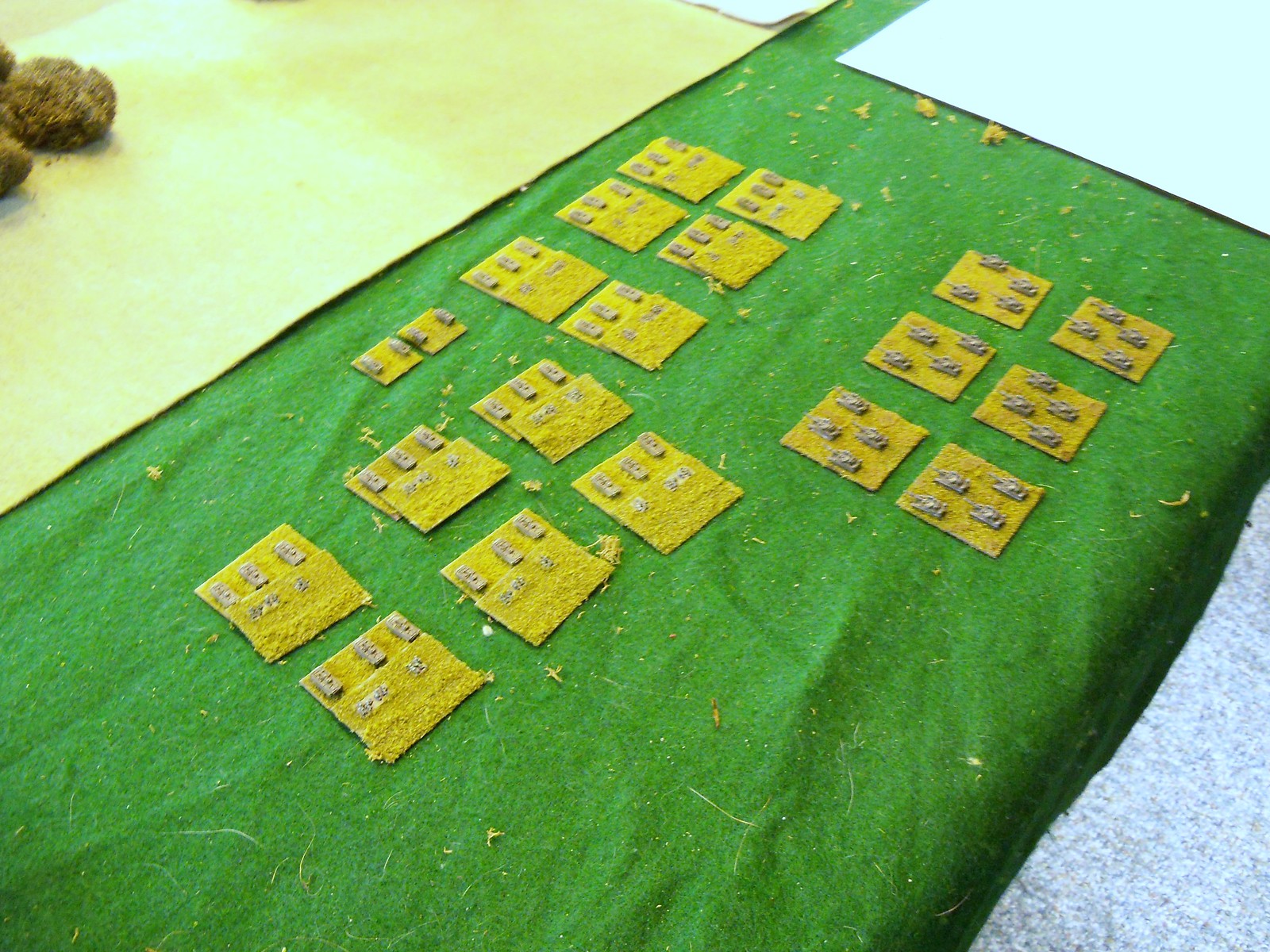

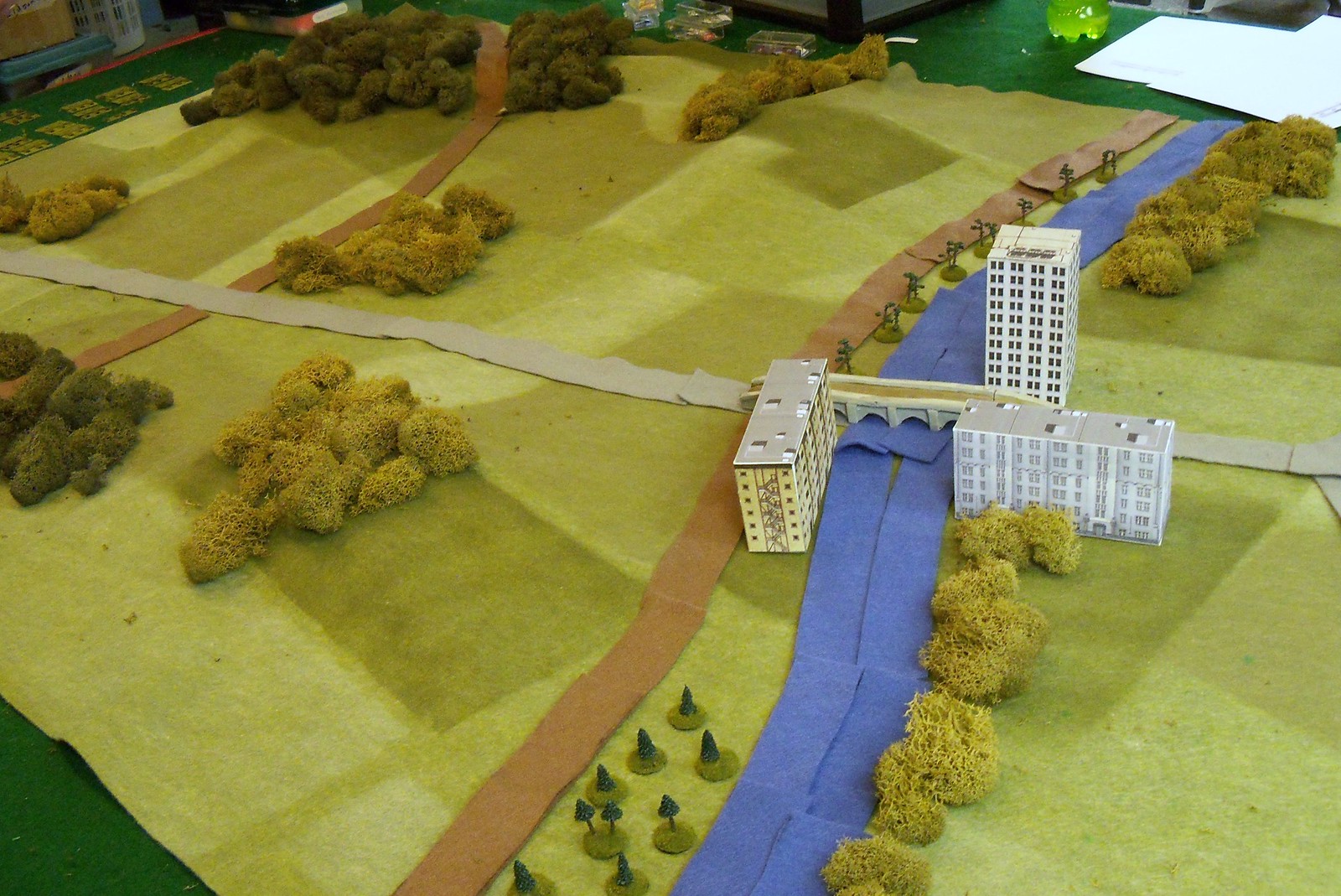


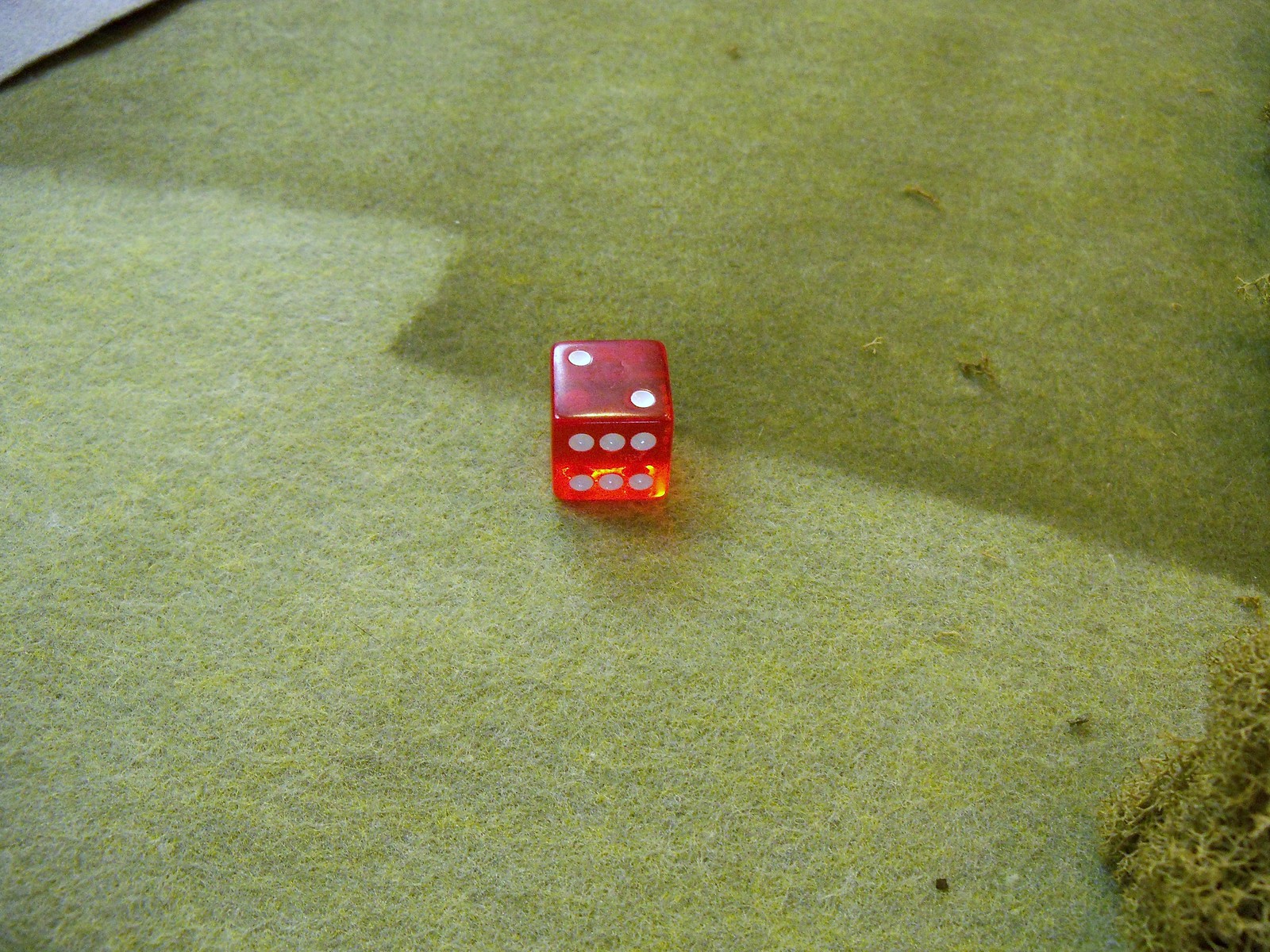

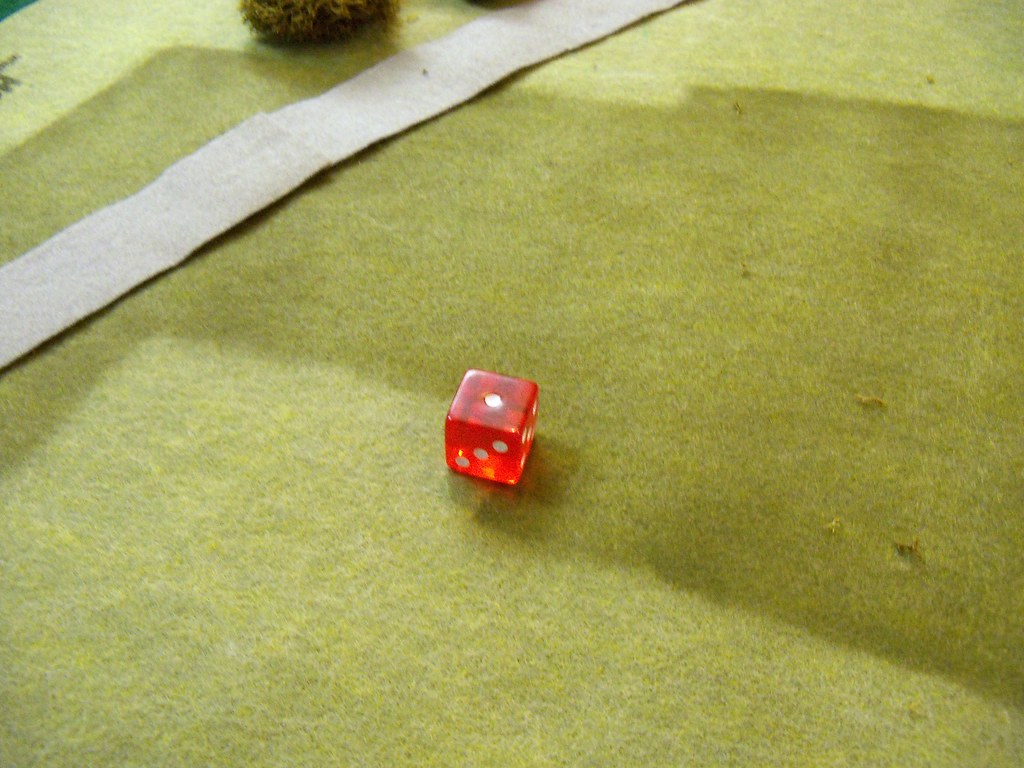
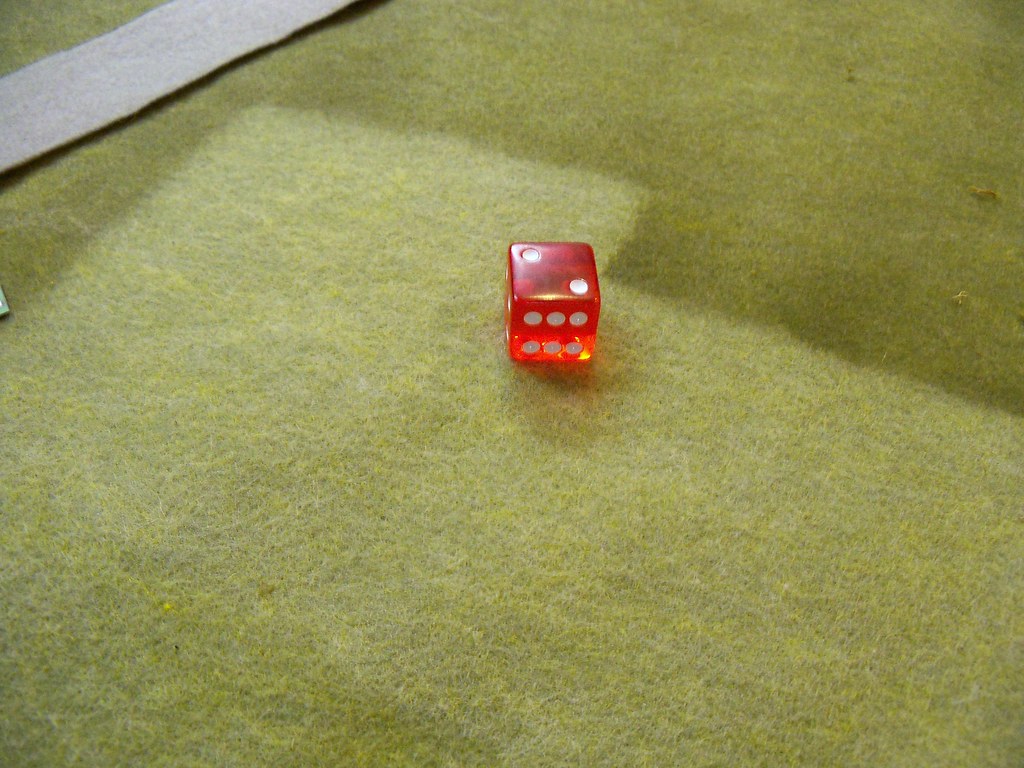
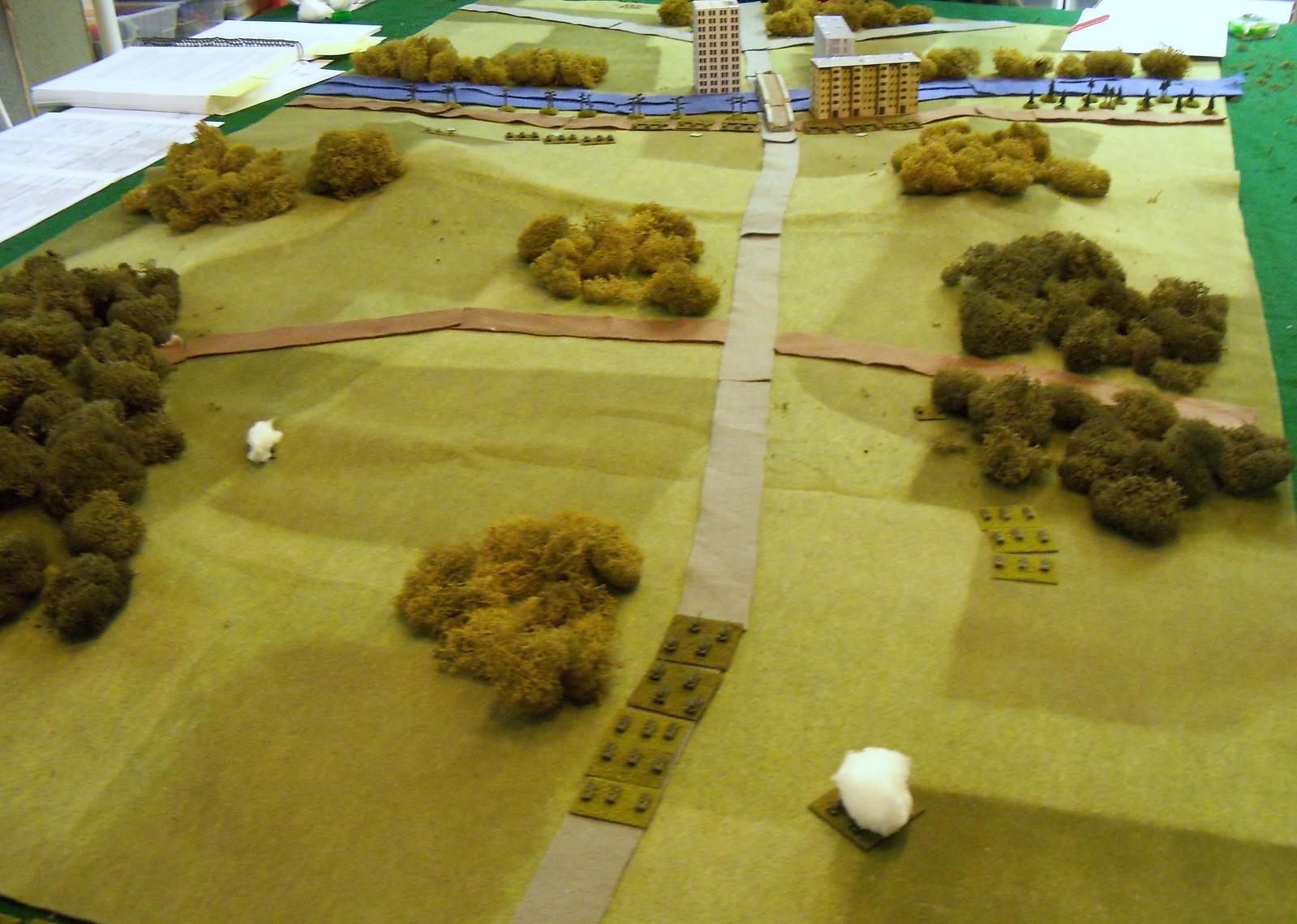
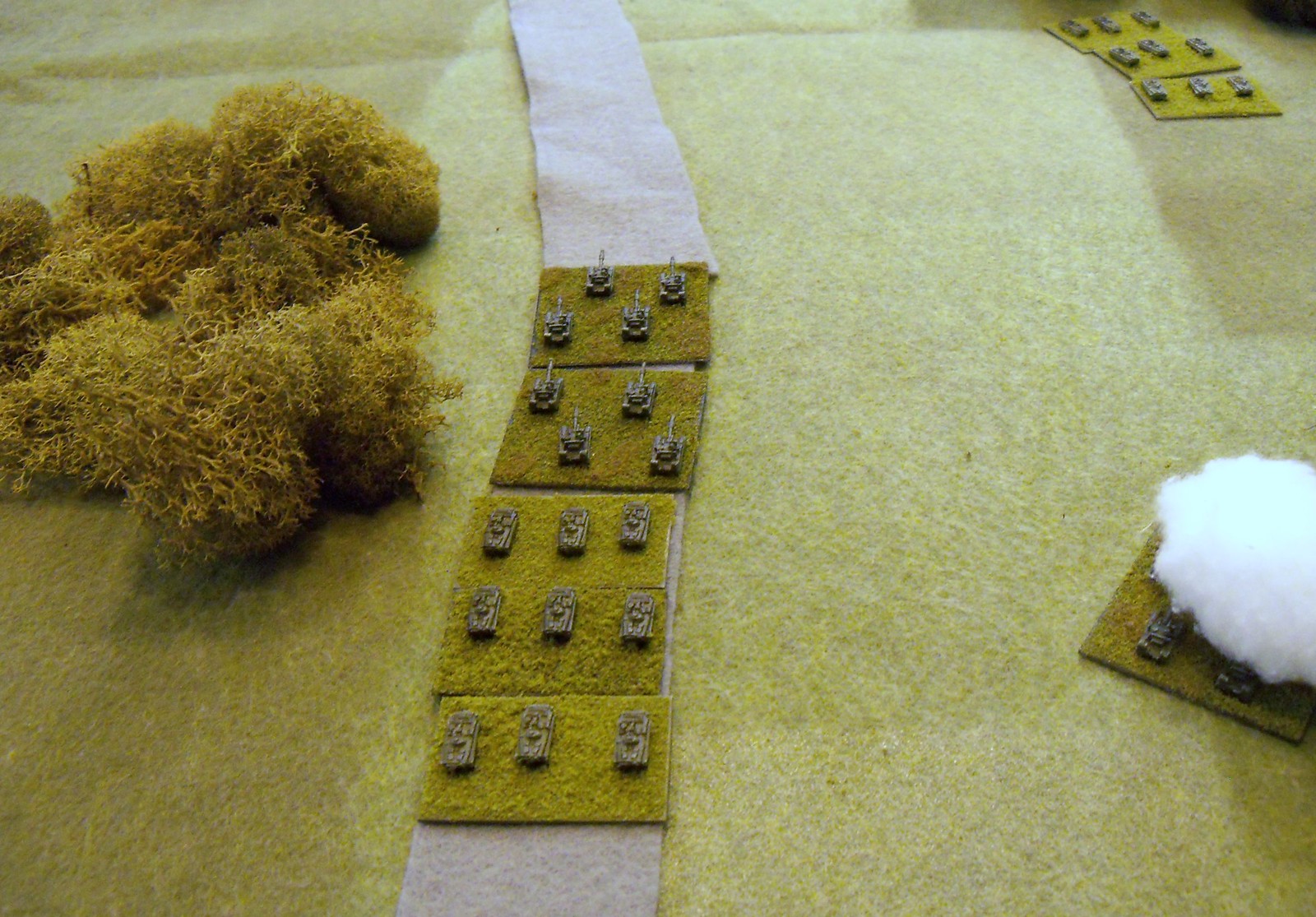
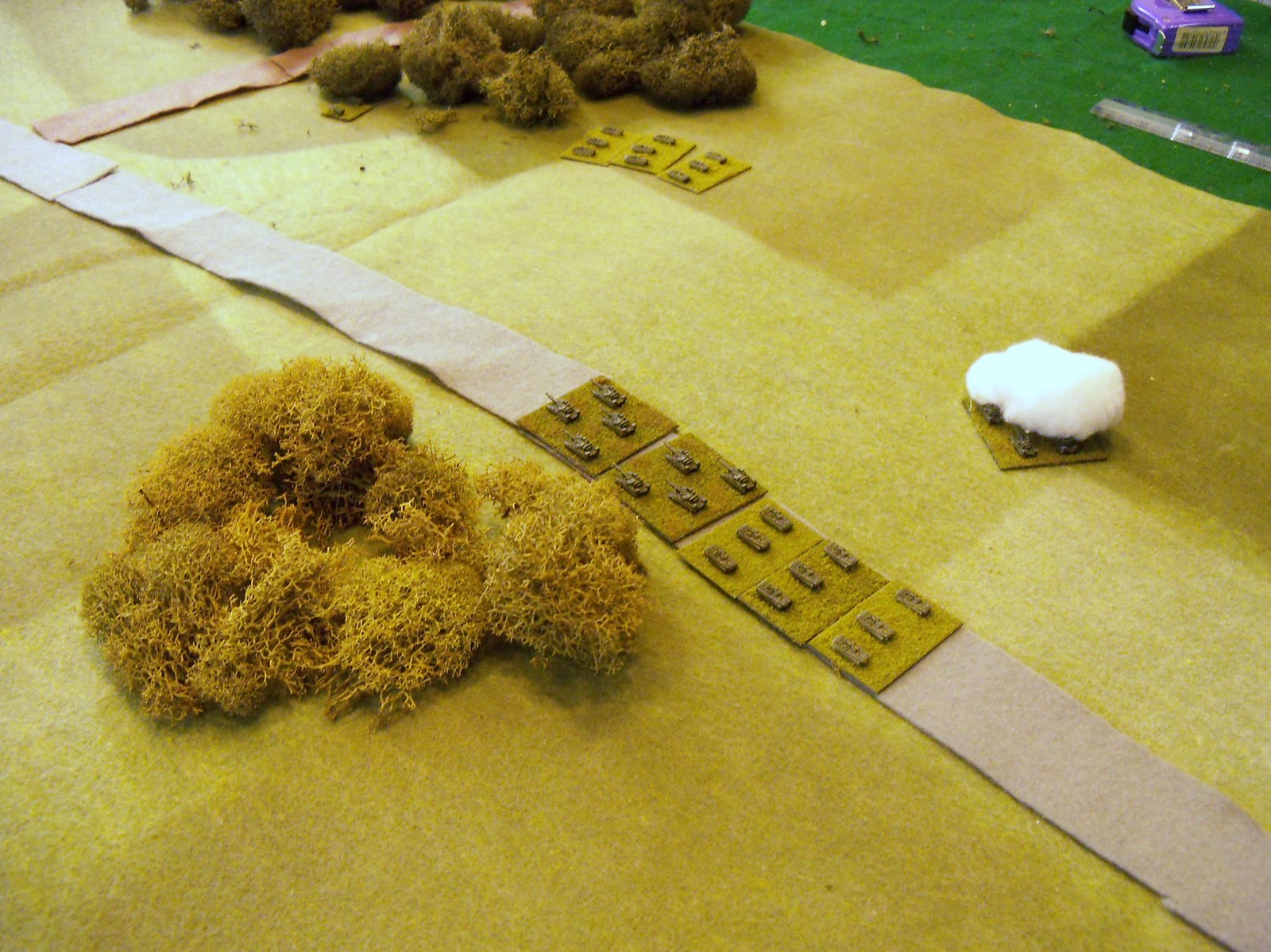
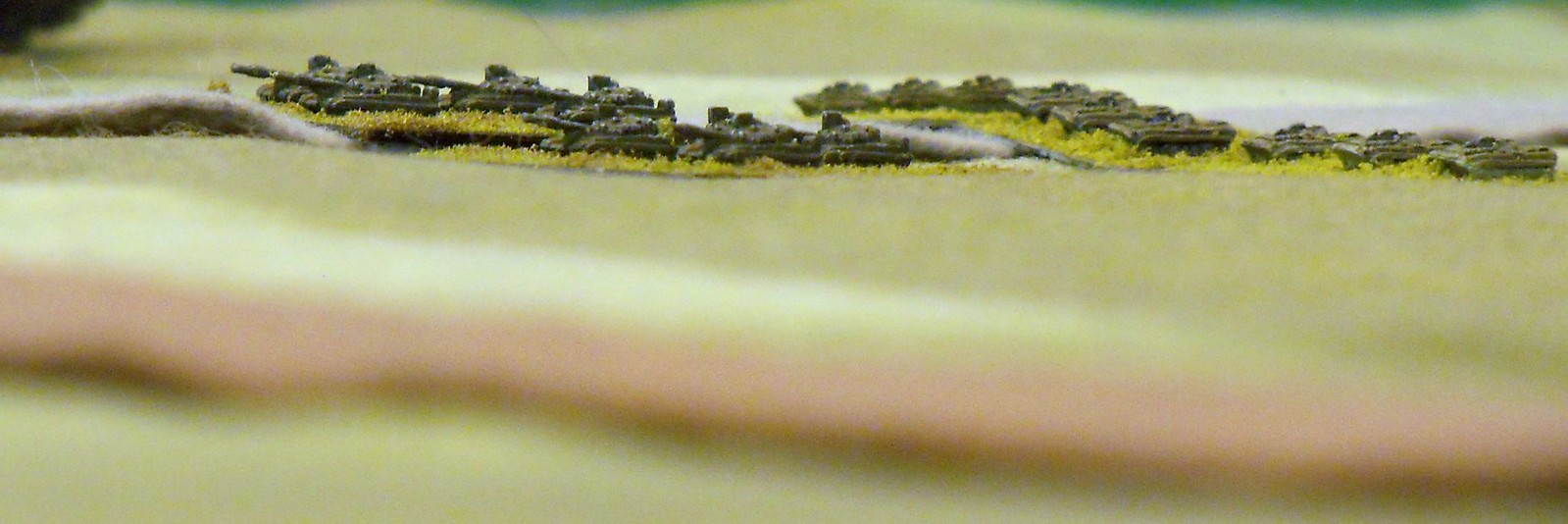
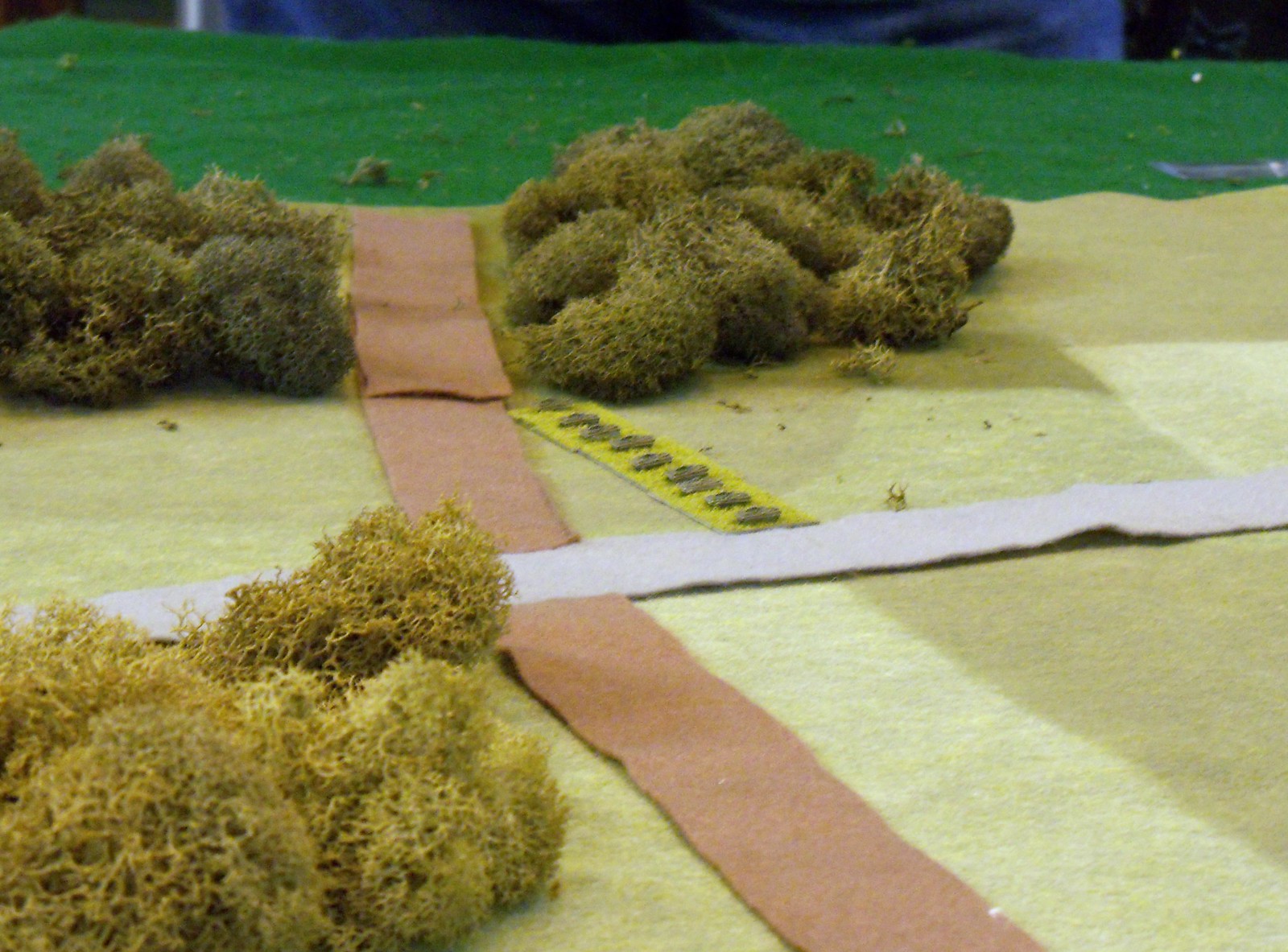



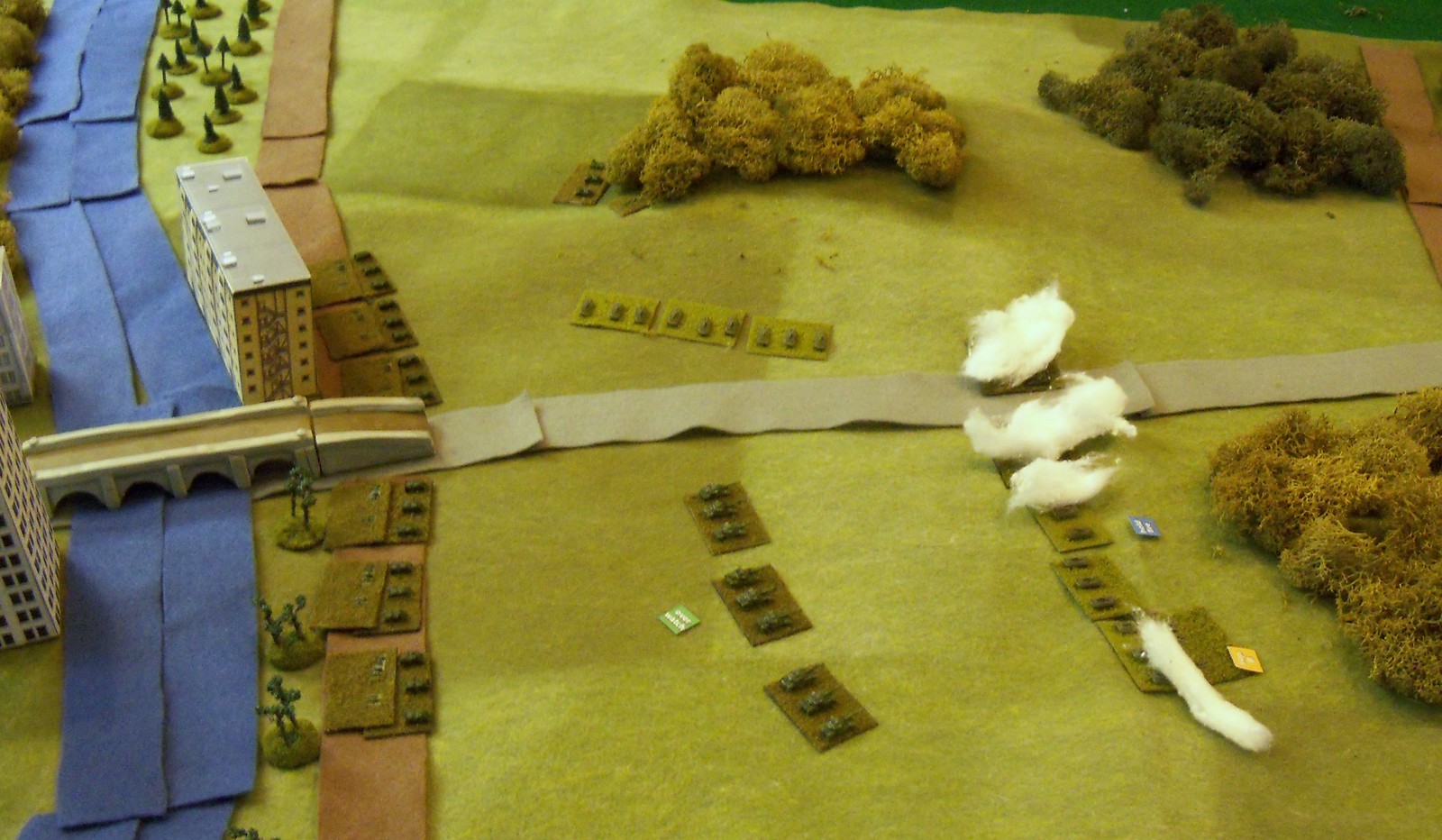


No comments:
Post a Comment